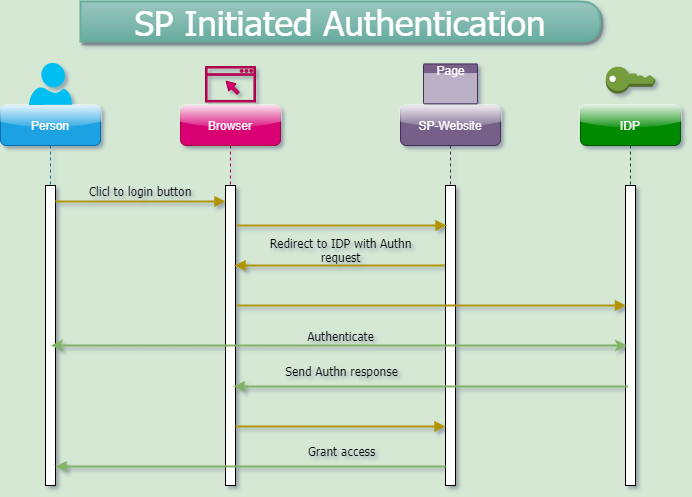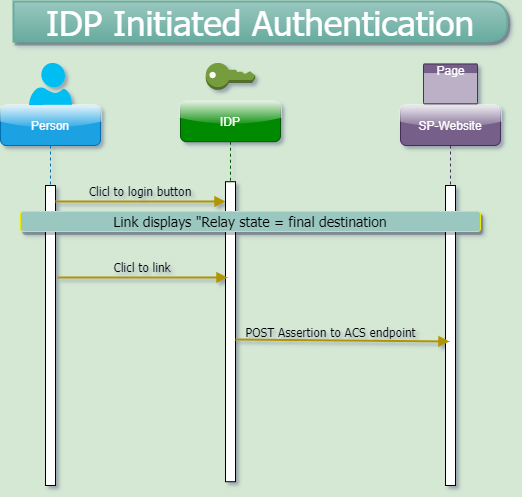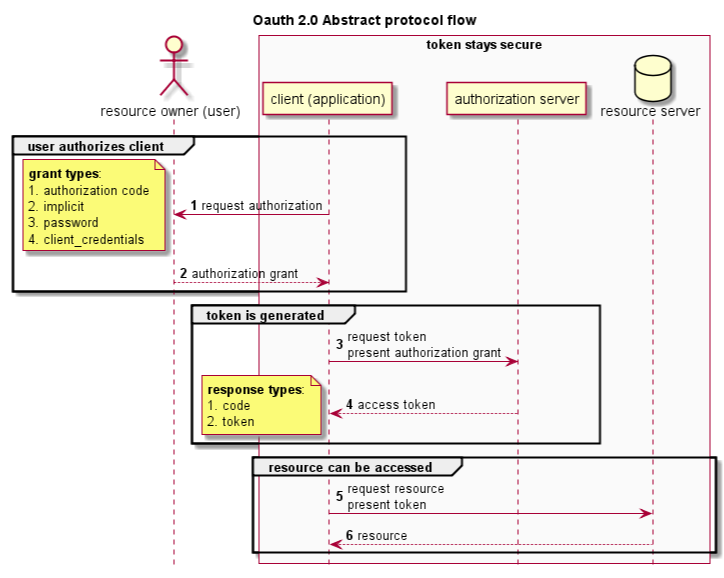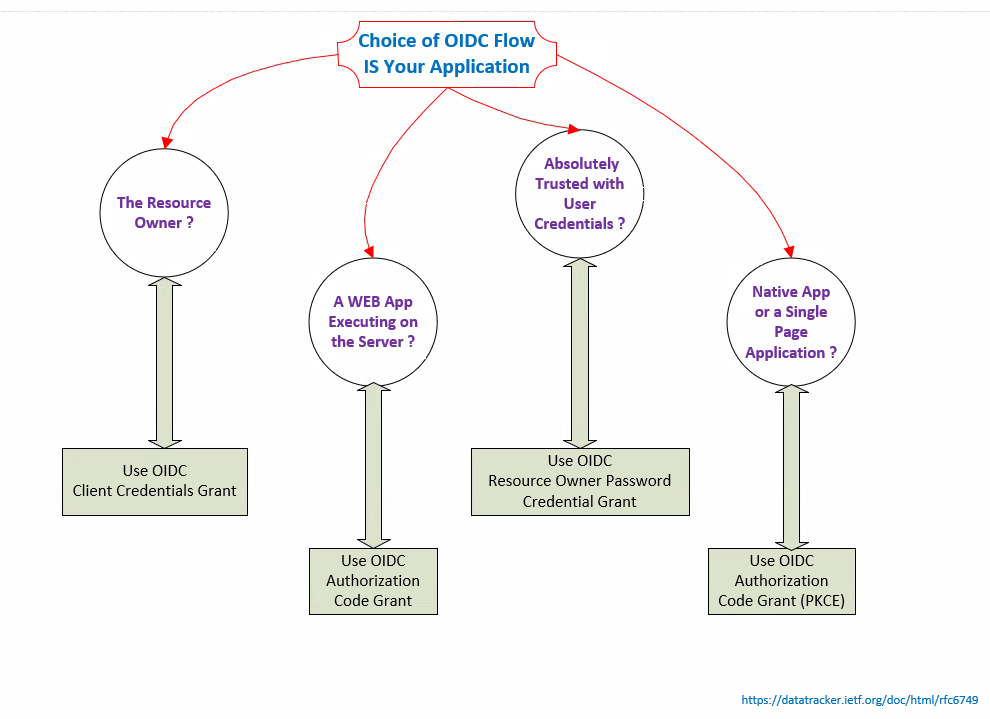Authentication & Authorization Services
Authentication is the process of proving that you are who you say you are and Authorization is the act of granting an authenticated party permission to do something.Using either OpenID Connect or SAML independently, enterprises can achieve user authentication and deploy single sign-on. Though they both deal with logins, they have different strengths and weaknesses.
- SAML is independent of OAuth, relying on an exchange of messages to authenticate in XML SAML format, as opposed to JWT. It is more commonly used to help enterprise users sign in to multiple applications using a single login.
- OpenID Connect is built on the OAuth 2.0 protocol and uses an additional JSON Web Token (JWT), called an ID token, to standardize areas that OAuth 2.0 leaves up to choice, such as scopes and endpoint discovery. It is specifically focused on user authentication and is widely used to enable user logins on consumer websites and mobile apps.
SAML Flow
Service Provider (SP) initiated SSO involves the SP creating a SAML request, forwarding the user and the request to the Identity Provider (IdP), and then, once the user has authenticated, receiving a SAML response & assertion from the IdP. This flow would typically be initiated by a login button within the SP.

An IdP-initiated login starts with the user first navigating to the IdP (typically a login page or dashboard), and then going to the SP with a SAML assertion.

OIDC Flow
OIDC stands for “OpenID Connect”. It is an authentication protocol which allows to verify user identity when a user is trying to access a protected HTTPs end point. OIDC is an evolutionary development of ideas implemented earlier in OAuth and OpenID.


